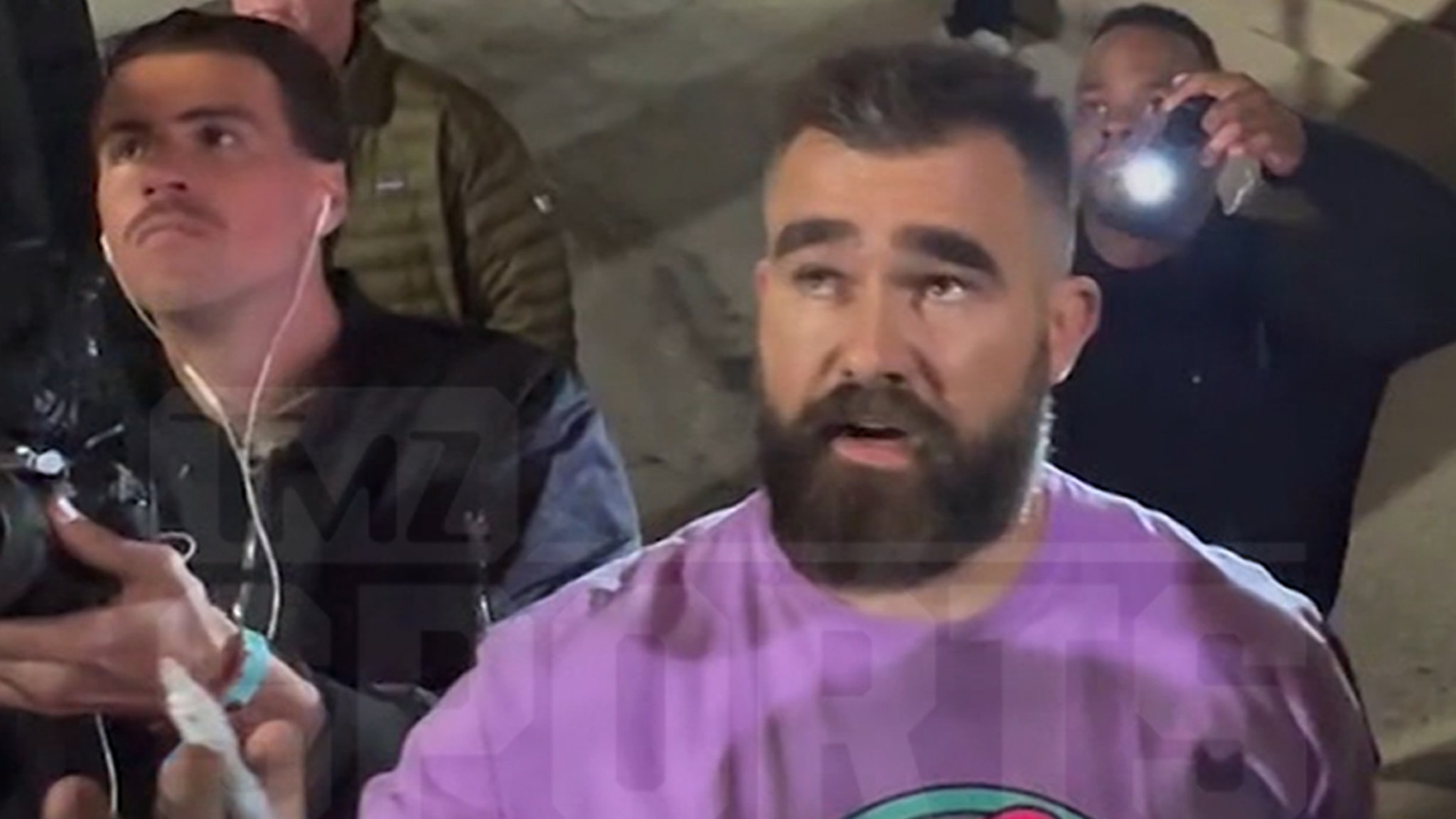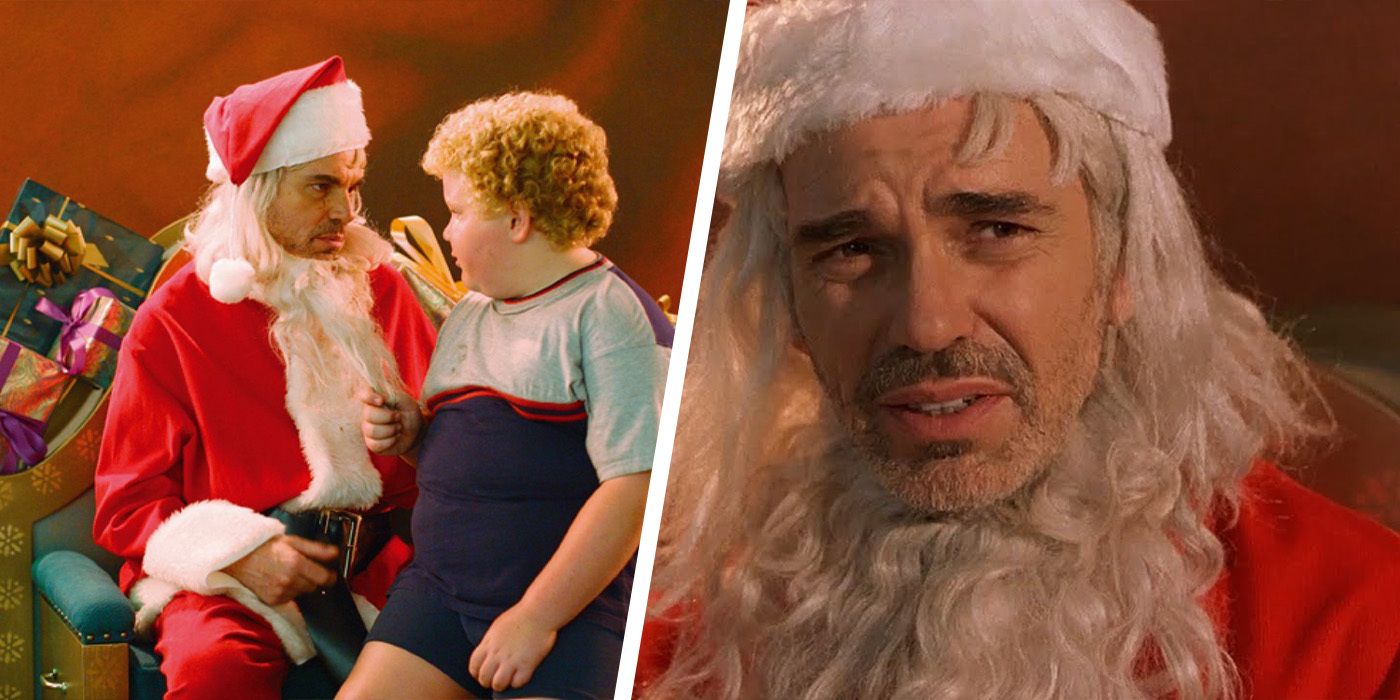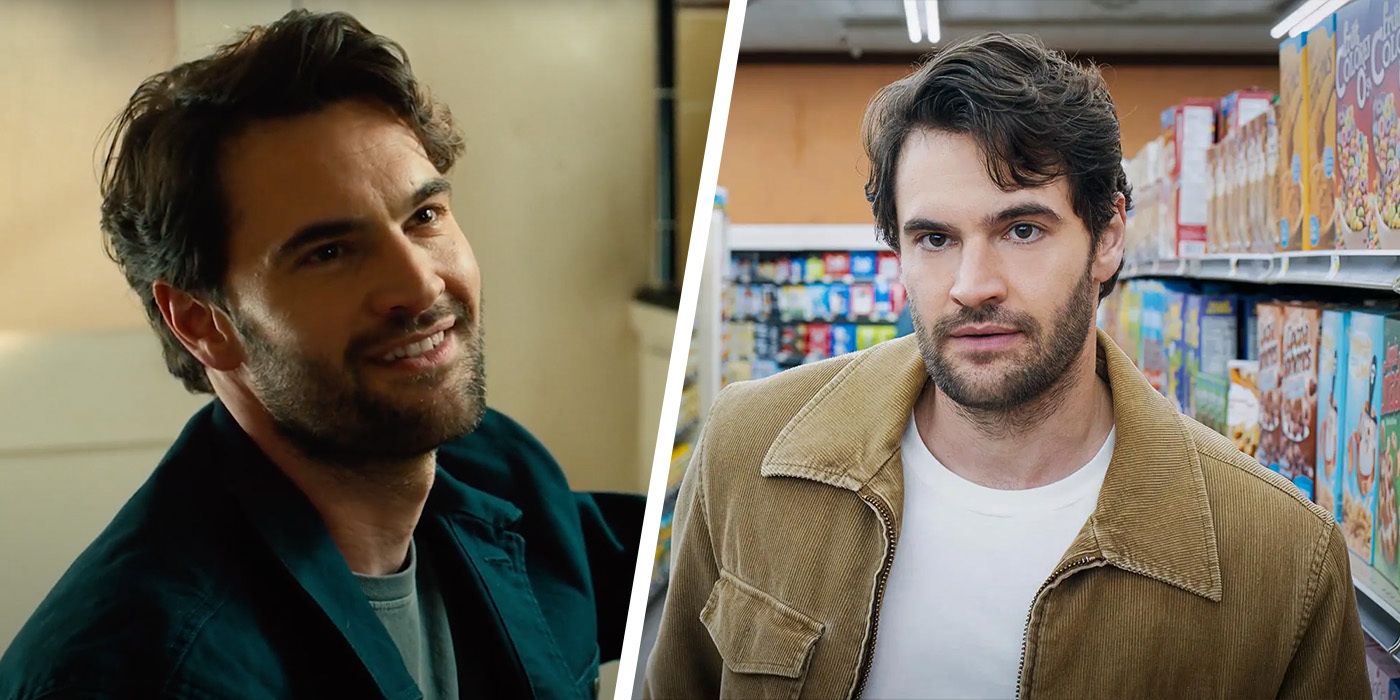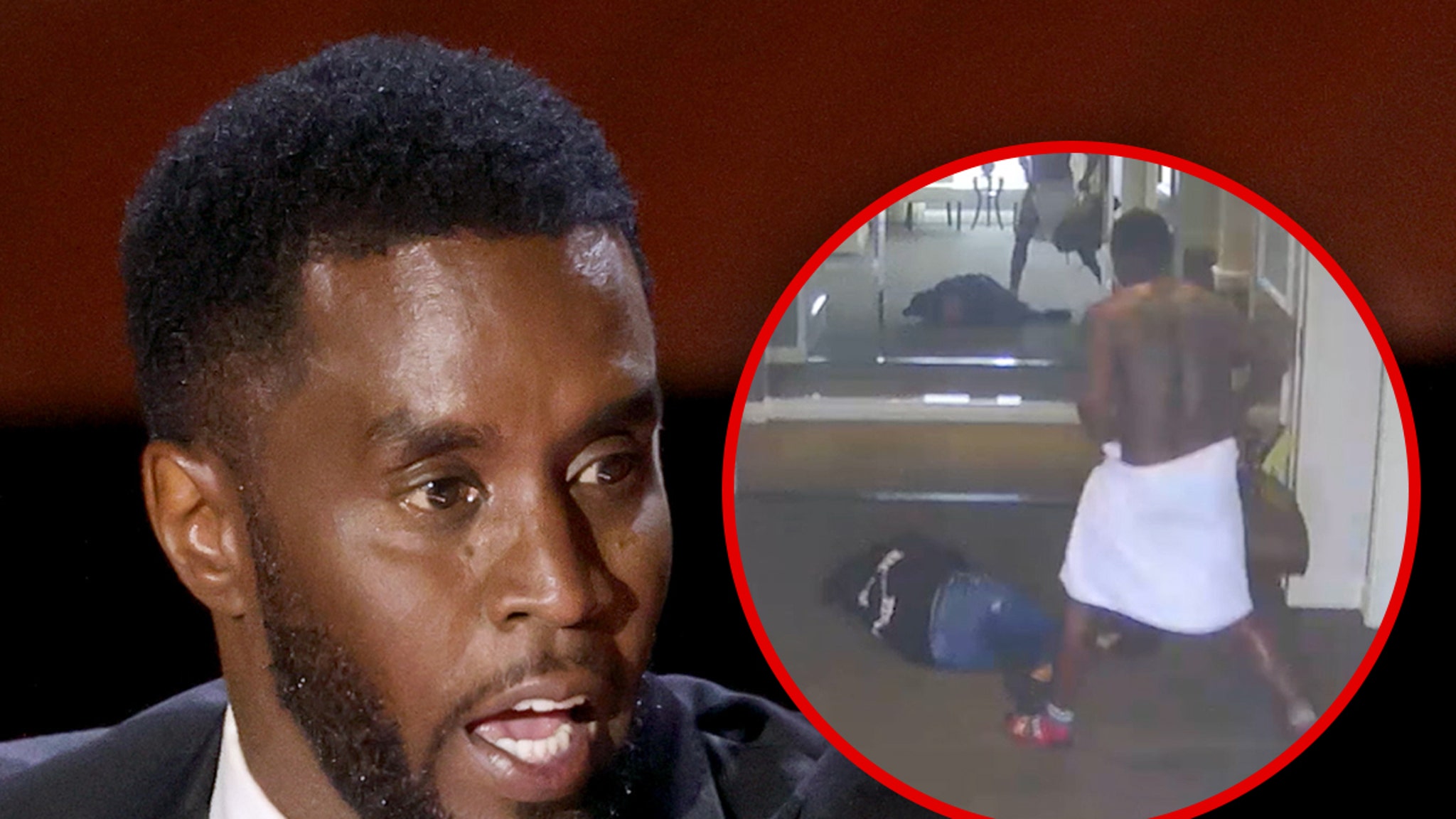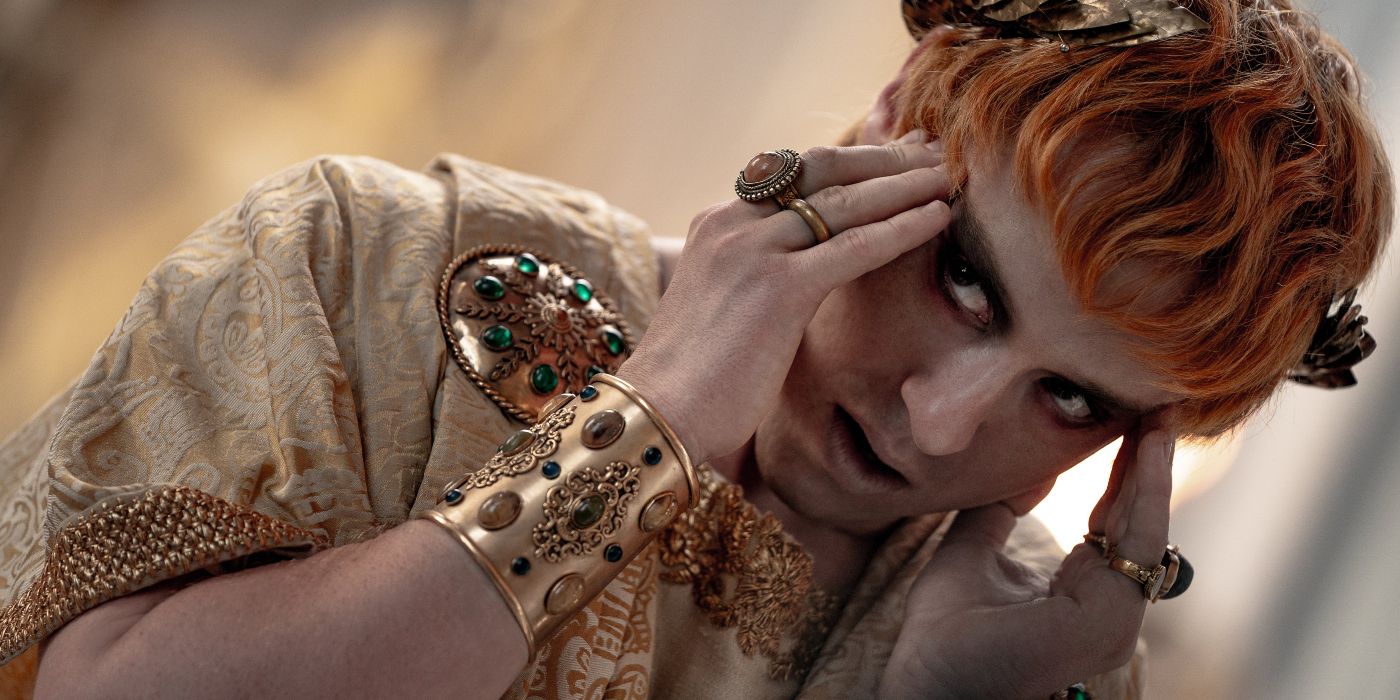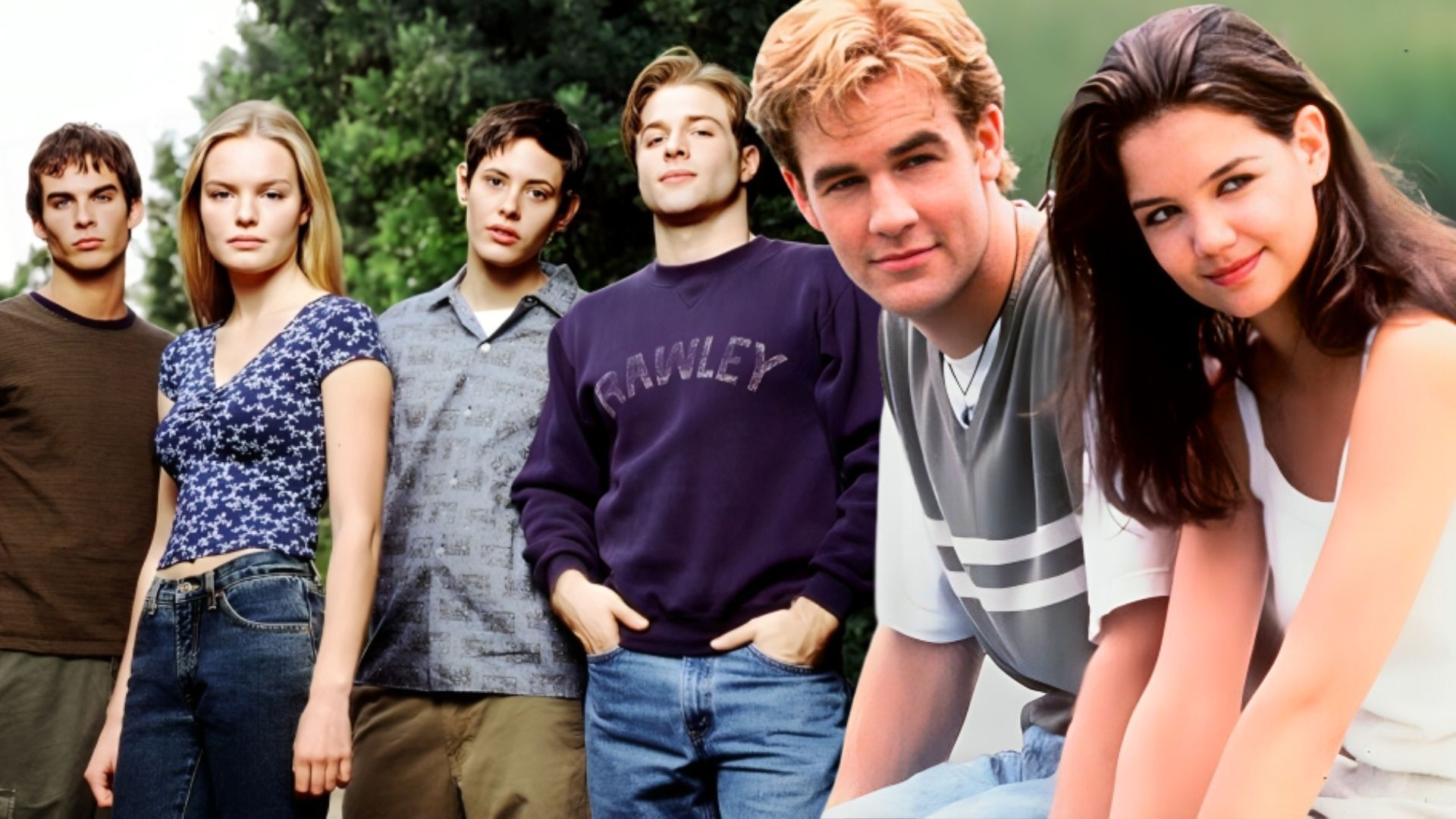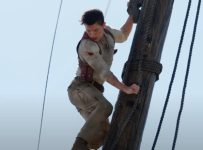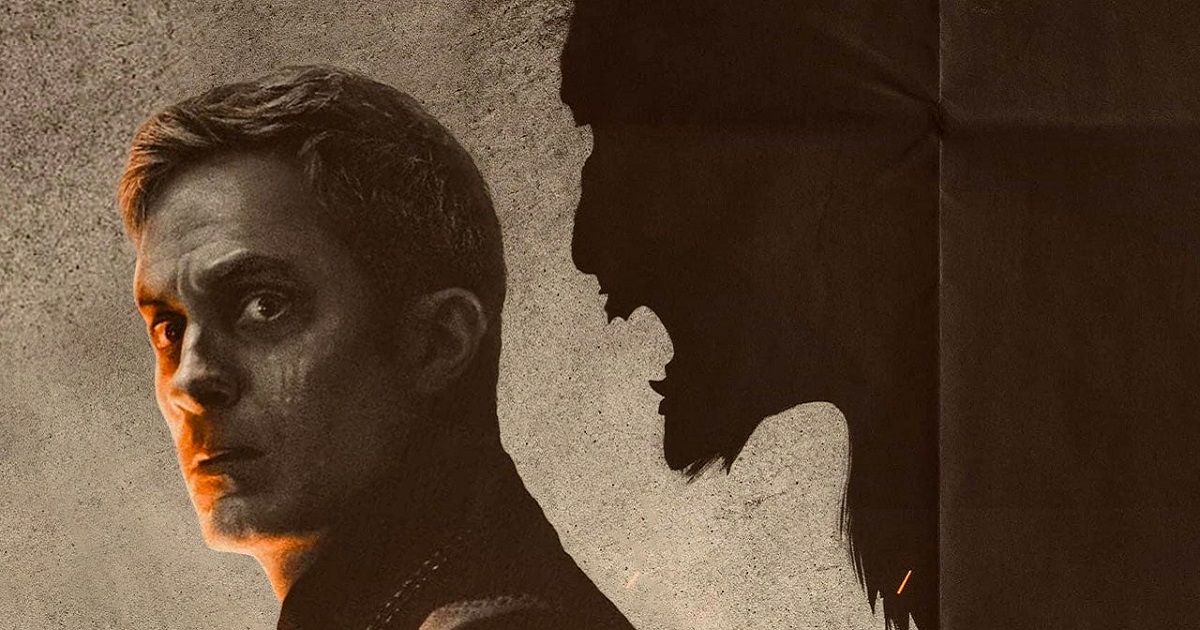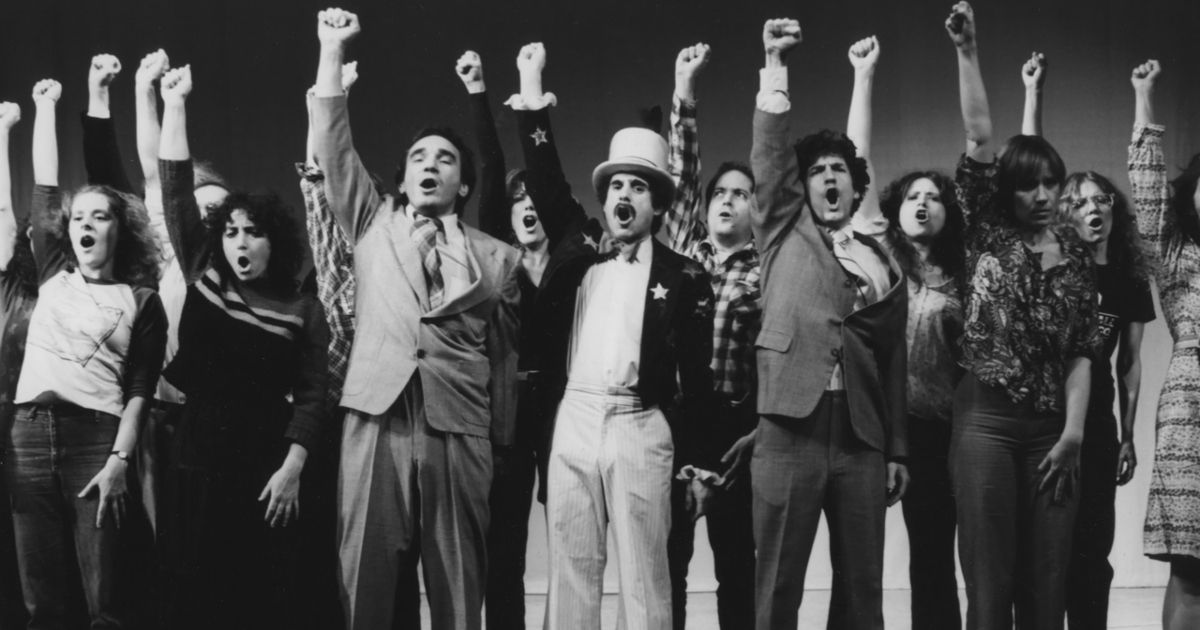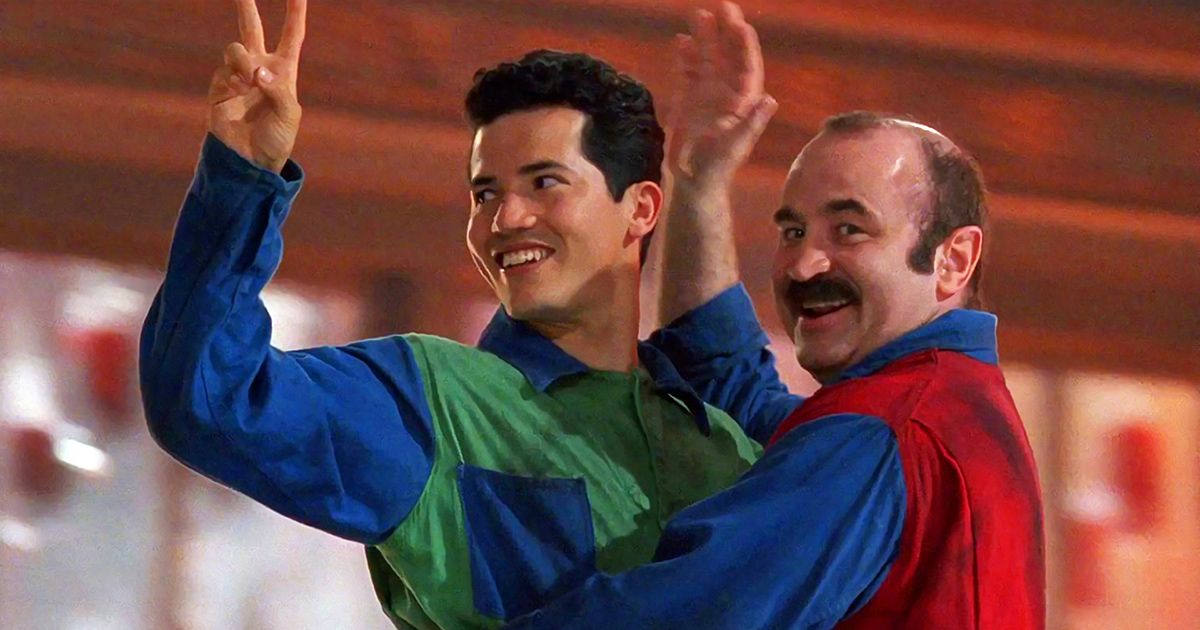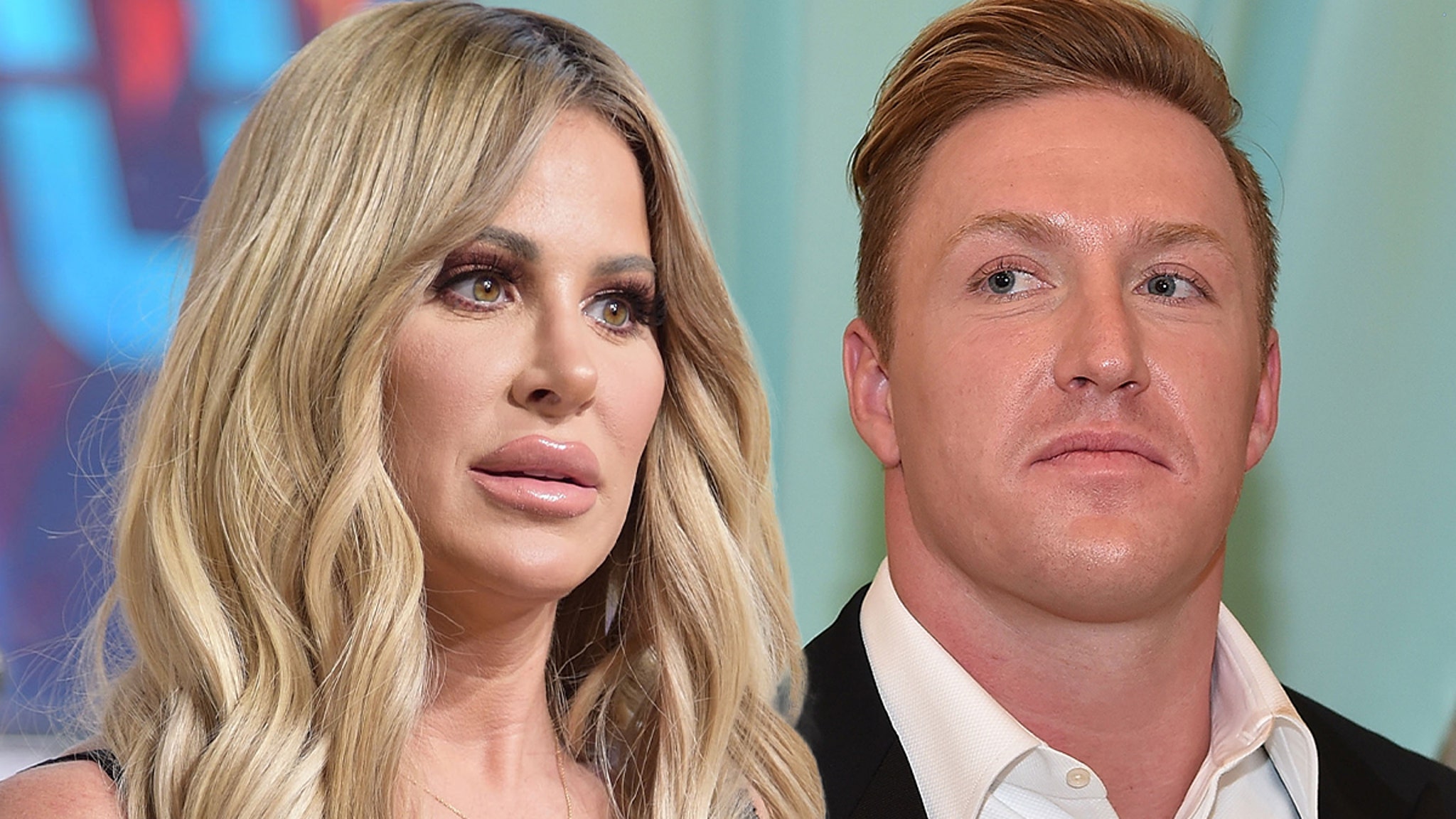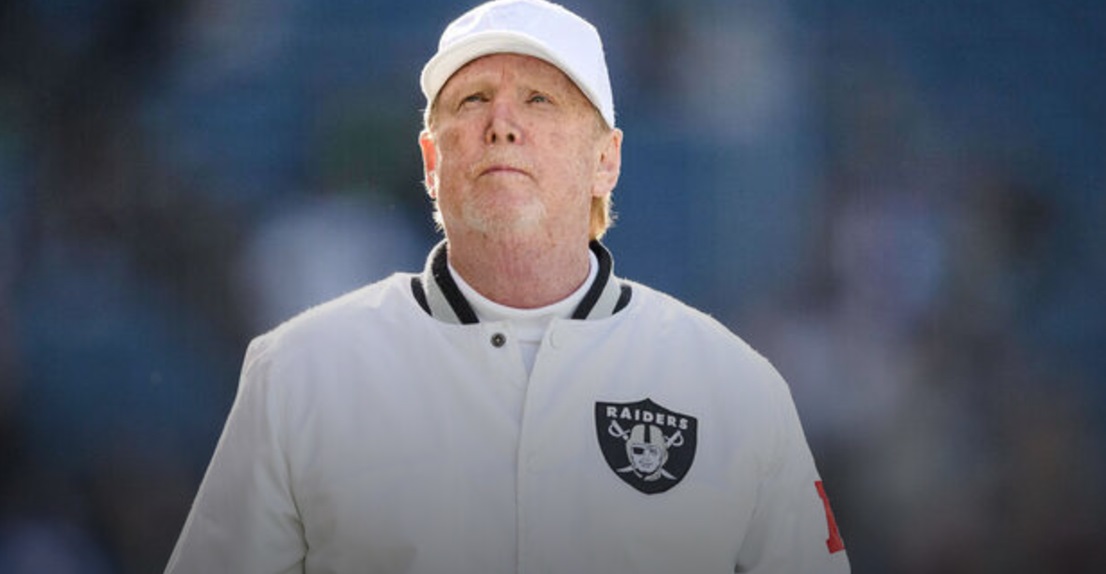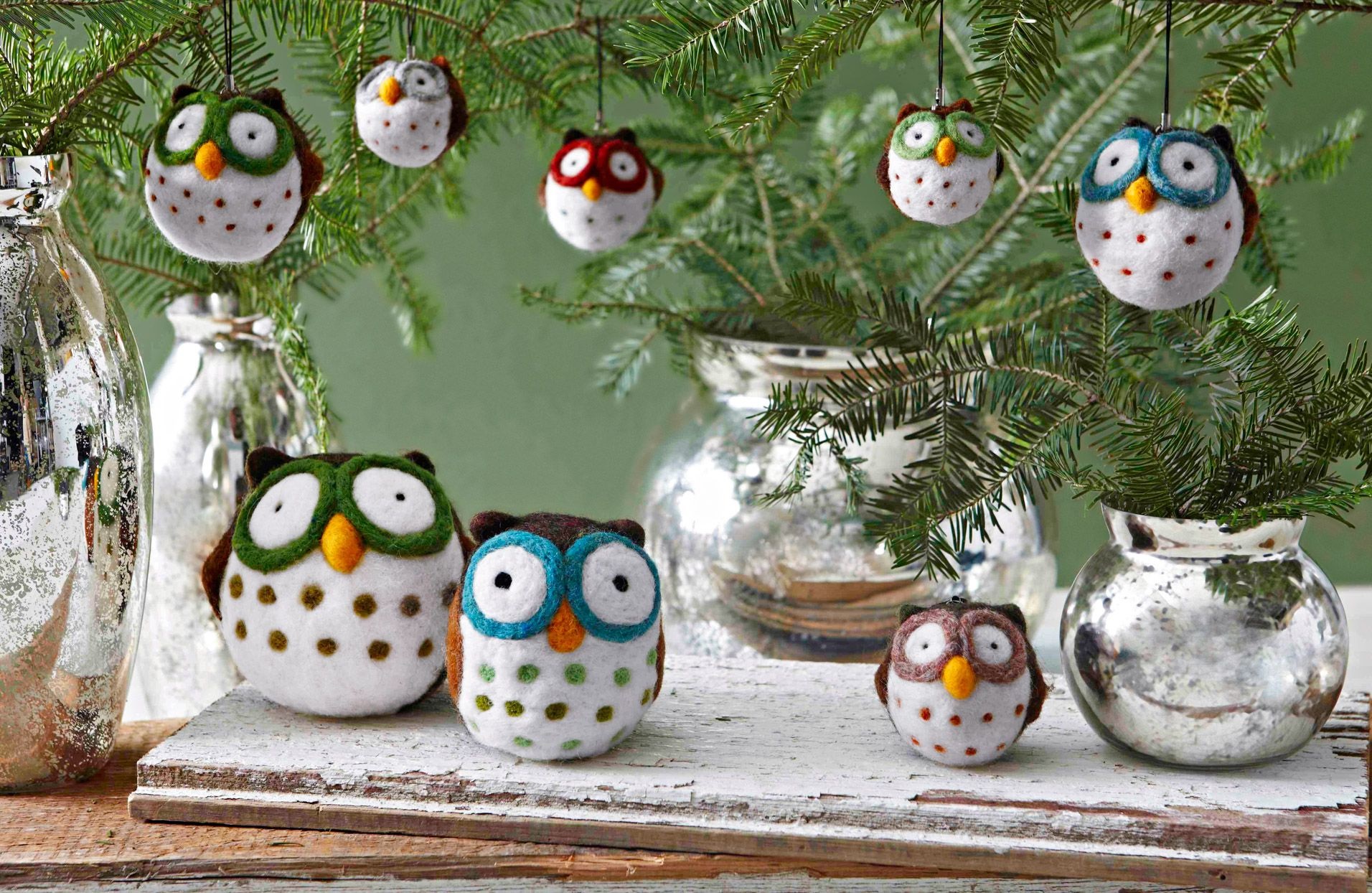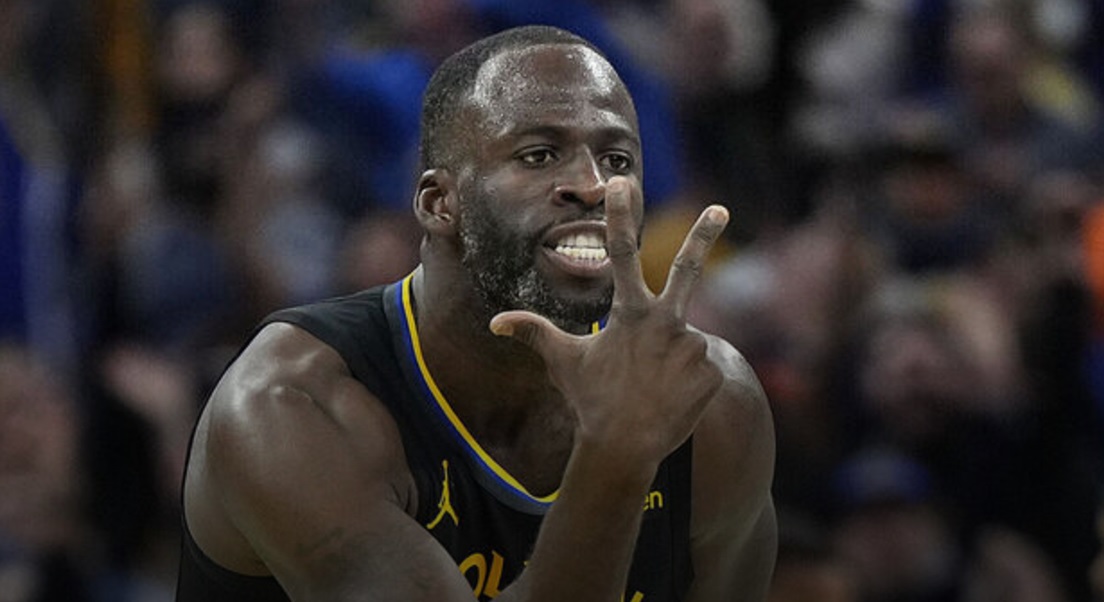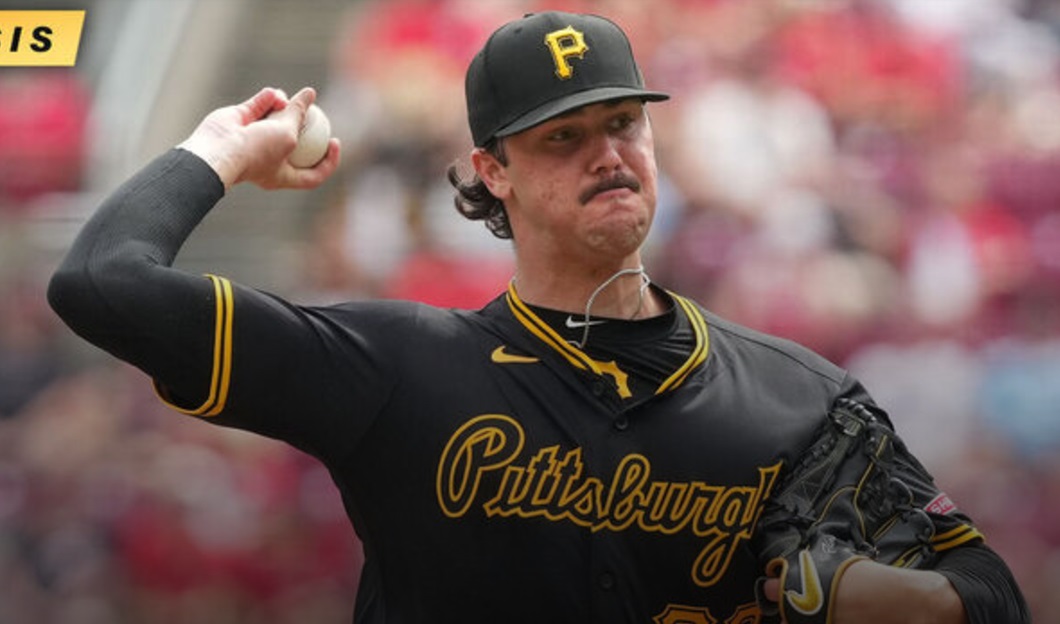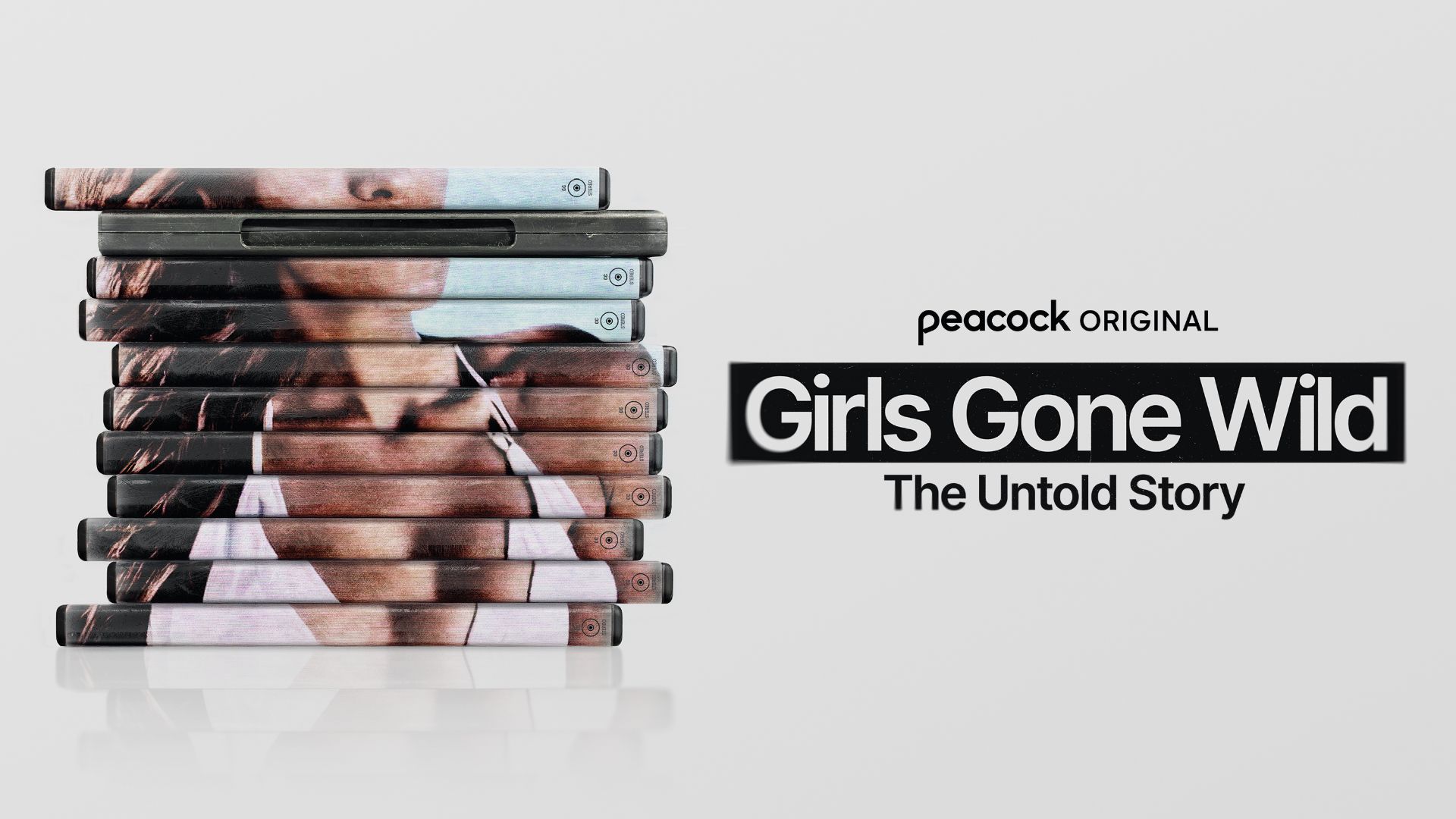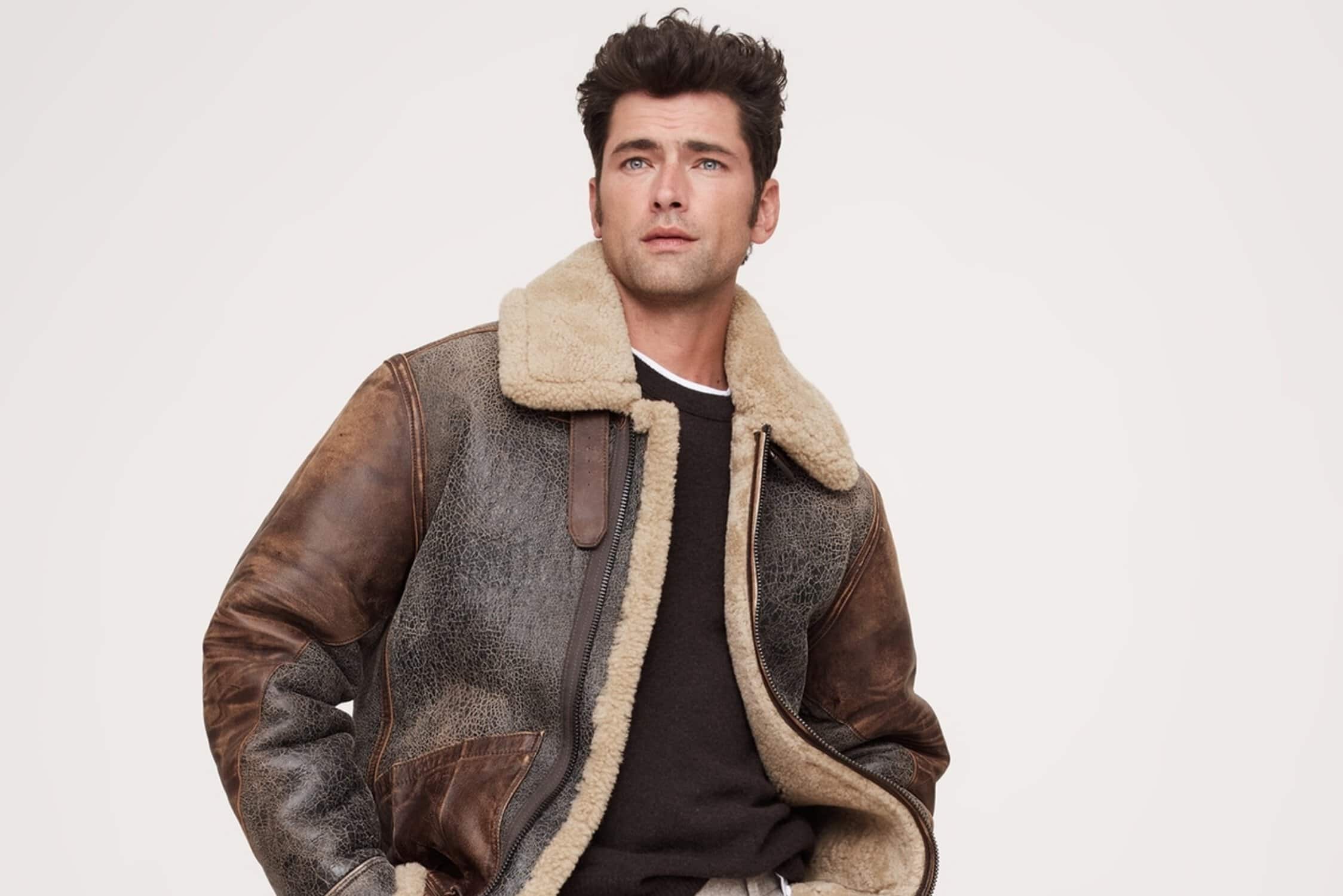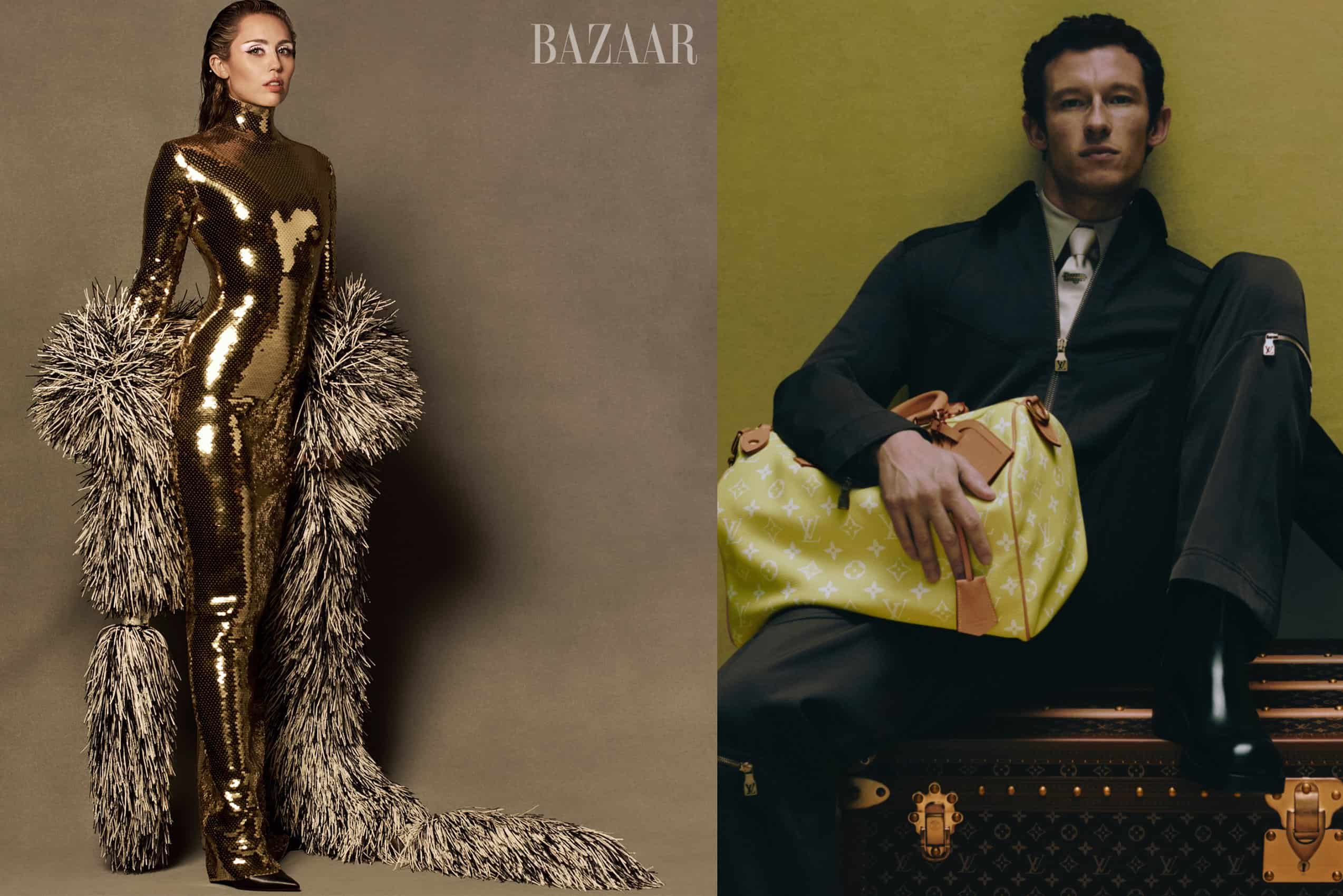Clare, two other short films you made, “Runner” and “Go Ahead, Grab Time By the Throat,” had many settings and characters. Here, much of it is confined to one room and three characters. Were there any challenges for you with this kind of limitation?
CC: I honestly love limitations—I think it can be a really powerful motivator for creativity. As much as I love getting to stretch and play with larger casts and a variety of locations, so much magic happens in the space between two faces. I love building tension and heartbreak in small, quiet moments. The tragic pitfalls of communication and the never-ending puzzle of another human being is more than enough to make a scene compelling if it’s done well. Anyone can make a high-speed car chase exciting, but can you make a quiet conversation exciting?! That’s the challenge and my favorite part of the process.
That being said, I definitely didn’t want to visually bore the audience during the lengthy therapy scenes, so my director of photography, Jason Chiu, and I designed the visuals to also build tension and have a lot of variety. First, we’re in an observational wide shot, almost like a tableau. Then we move into a two-shot of our leads, as if from the therapist’s perspective, still keeping some distance and formality. Then we get much closer, hovering over their shoulders, catching only their profiles draped in shadow, like we’re eavesdropping. And then finally, as our characters become more vulnerable and open up, we’re in a true close-up with their full faces and eyes revealed, finally intimate. So although it all takes place in one room, there’s a dynamic visual story going on underneath the emotional scene work. I wouldn’t have gotten to explore all of that nuance had I not been given the limitation of one conversation, one room.
The film is so grounded and in tune with both characters, without giving them a clean resolution at the end. I’m curious what the responses have been like from people who can, in some way, relate to it.
AT: Audiences have been very mad at me for the specific lack of resolution in the very last shot of the film—maybe “exasperated” is a better word. A woman stood up at a festival Q&A and held out her arms, and asked with some degree of incredulity, “Did the writer MEAN for them [to do that at the end]?” I just said, “Yeah, I did.” But I love that response and the emotional investment our audiences had by the end of the film. It meant people cared about these characters. But one thing that was extremely important to both Clare and I was that healing is not clean, it’s not linear, it’s not easy, and it’s certainly not going to happen overnight. We didn’t make a Lifetime movie where you’re signing up for a guaranteed Happily Ever After. And some people in the audience were quiet because they just got it, and they would come up to us after screenings and just quietly share a little of their own experiences. I was really grateful we got to play so many festivals and see in person how people connected with the story and the circumstances. It was deeply humbling.
You can view the original article HERE.

